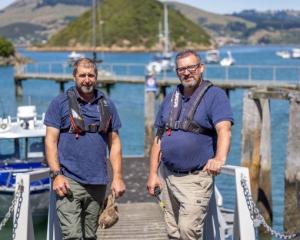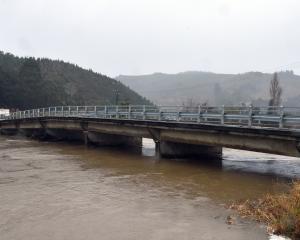The northeast Otago river is beginning to show signs of land use intensification affecting water quality in its lower part, a recent report to the council said.
Last year, the council undertook a nine-month water quality sampling programme of the river with the aim of understanding its water, habitat quality and ecological values.
Results were then compared with the water quality standards in council's water quality plan change 6A, adopted earlier this year.
Environmental resource scientist Dean Olsen said the river's water quality and habitat was generally very good and monitoring during the past 12 years at the Brown's pumping site had shown stable water quality.
Concentrations of nitrate-nitrite nitrogen in the south branch of the river at State Highway 1 and at all the main stem sites exceeded the levels in schedule 15 of plan change 6A. Higher levels, which can lead to nuisance algal growths, were affected by wastewater effluent, agricultural run-off and animal waste.
It was suggested a ''significant source'' of nitrogen entered the river between the south branch at State Highway 1 and McKerrow Rd, 3.5km upstream.
''Few tributaries enter the low river, suggesting that nitrogen is entering the surface water via leaching to groundwater which then enters the lower river.''
Intensification of land use in the lower catchment, with several dairy farms operating near the mouth of the river, and proposals for further intensification of land use in areas upstream of SH1 had the potential to affect water quality in the lower part of the river, he said.
There was also a high E. coli count but that was in one sample only.
The river was home to 14 fish species including seven that were classified as ''at risk'' or ''declining'' under the New Zealand Freshwater Fish threat classification, which indicated good to excellent water quality, he said.
Council environment information and science director John Threlfall said the next step was to monitor groundwater more closely. The council could put more bores in and monitor results over time.
''There aren't any quick answers.''












